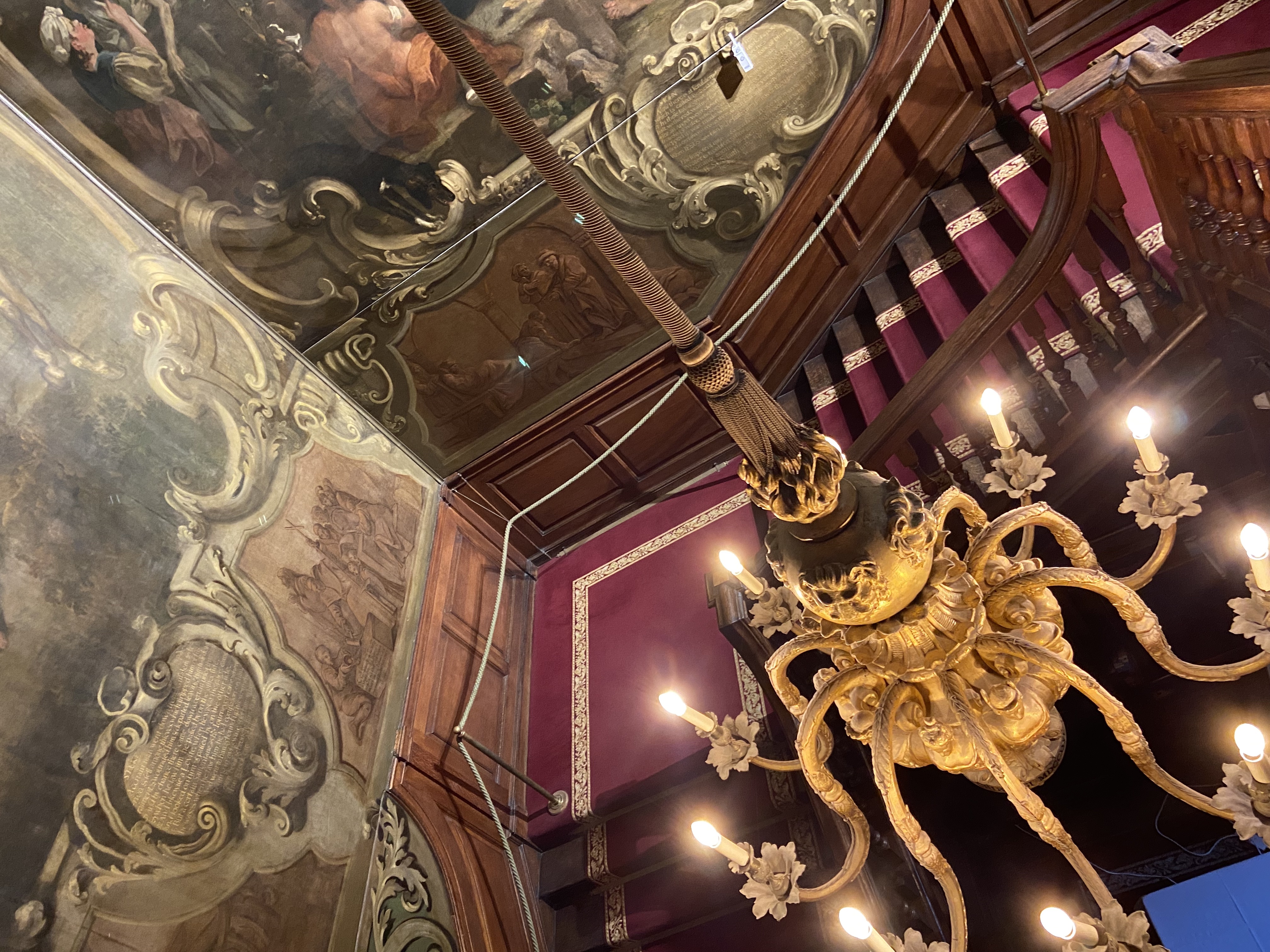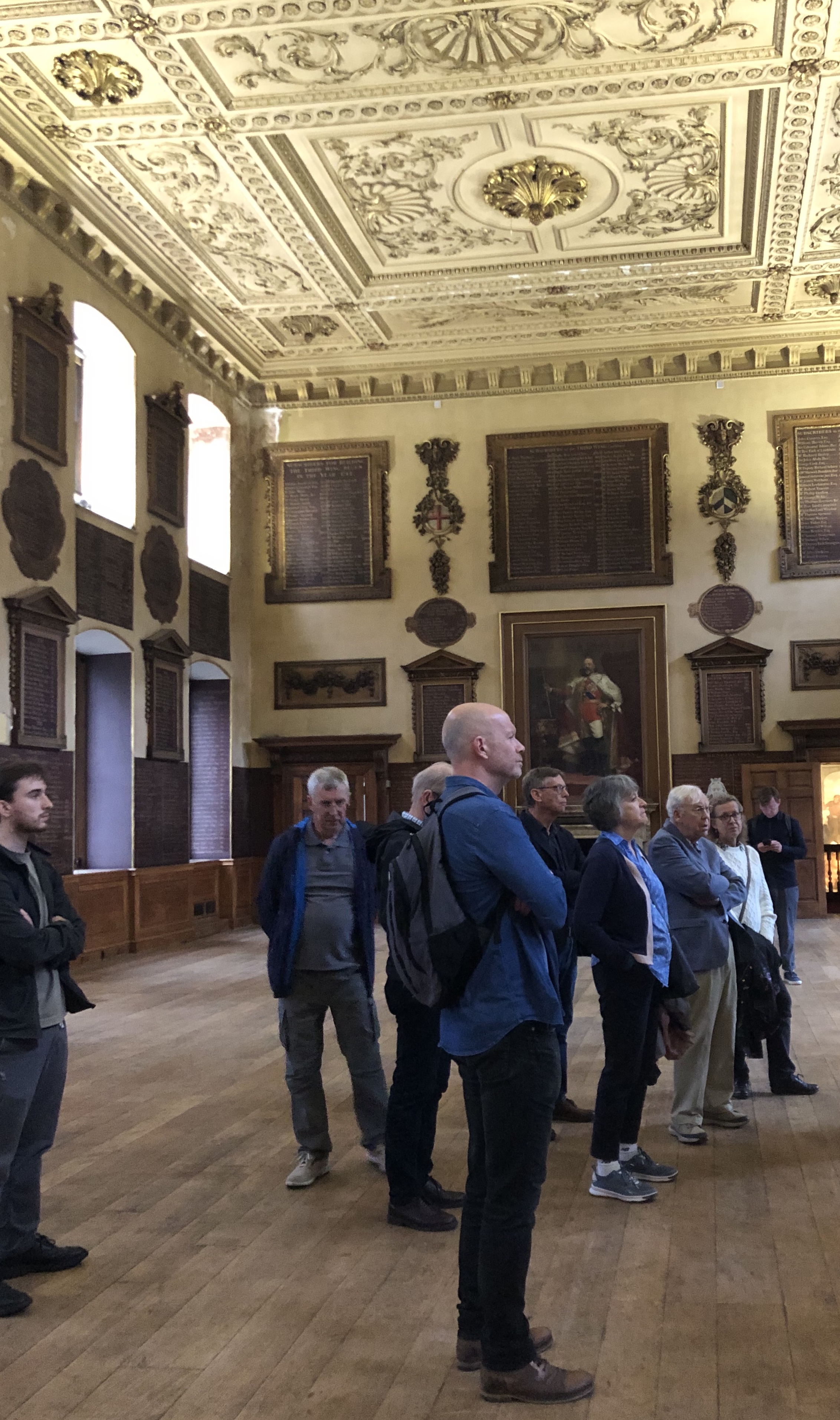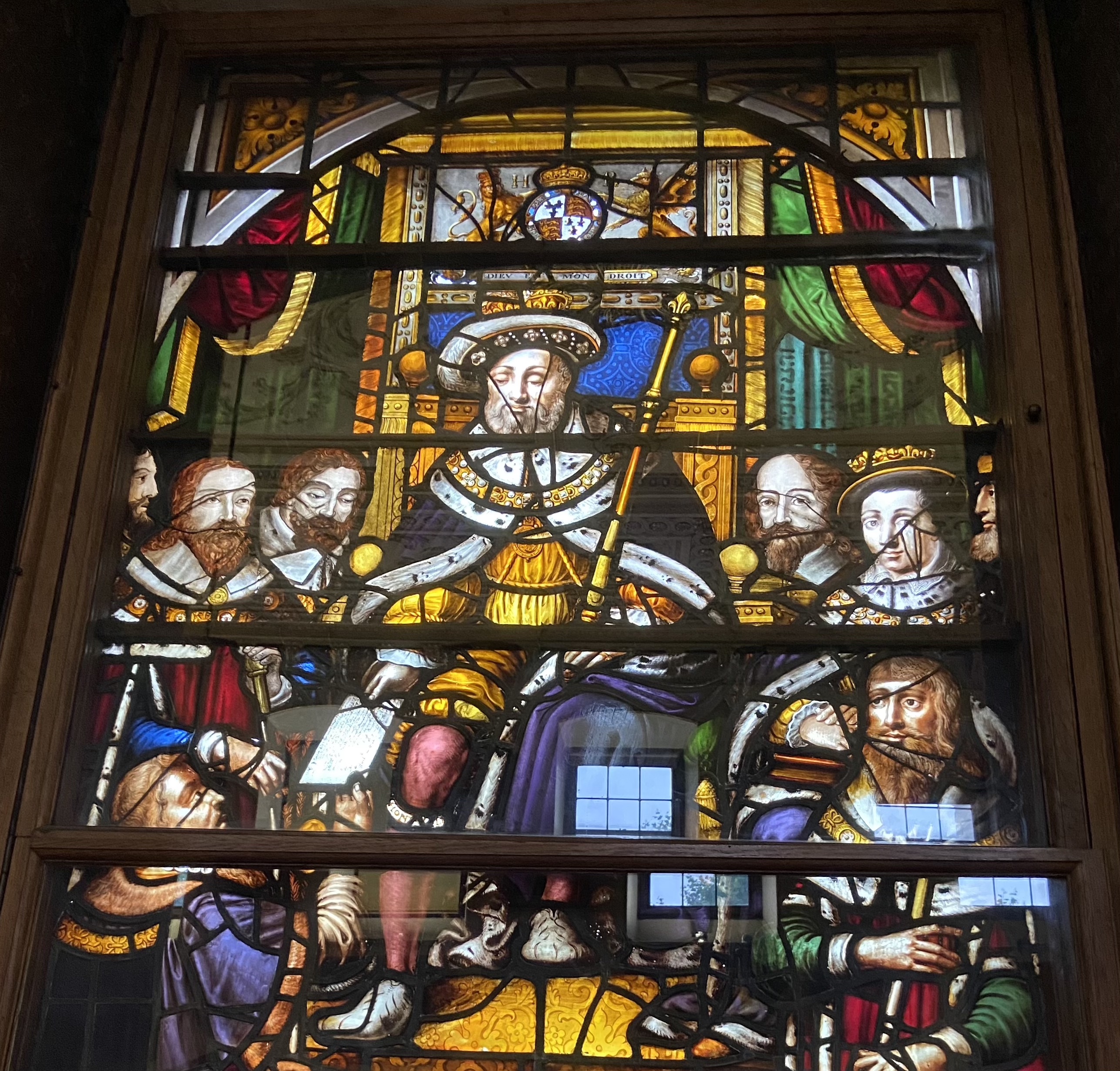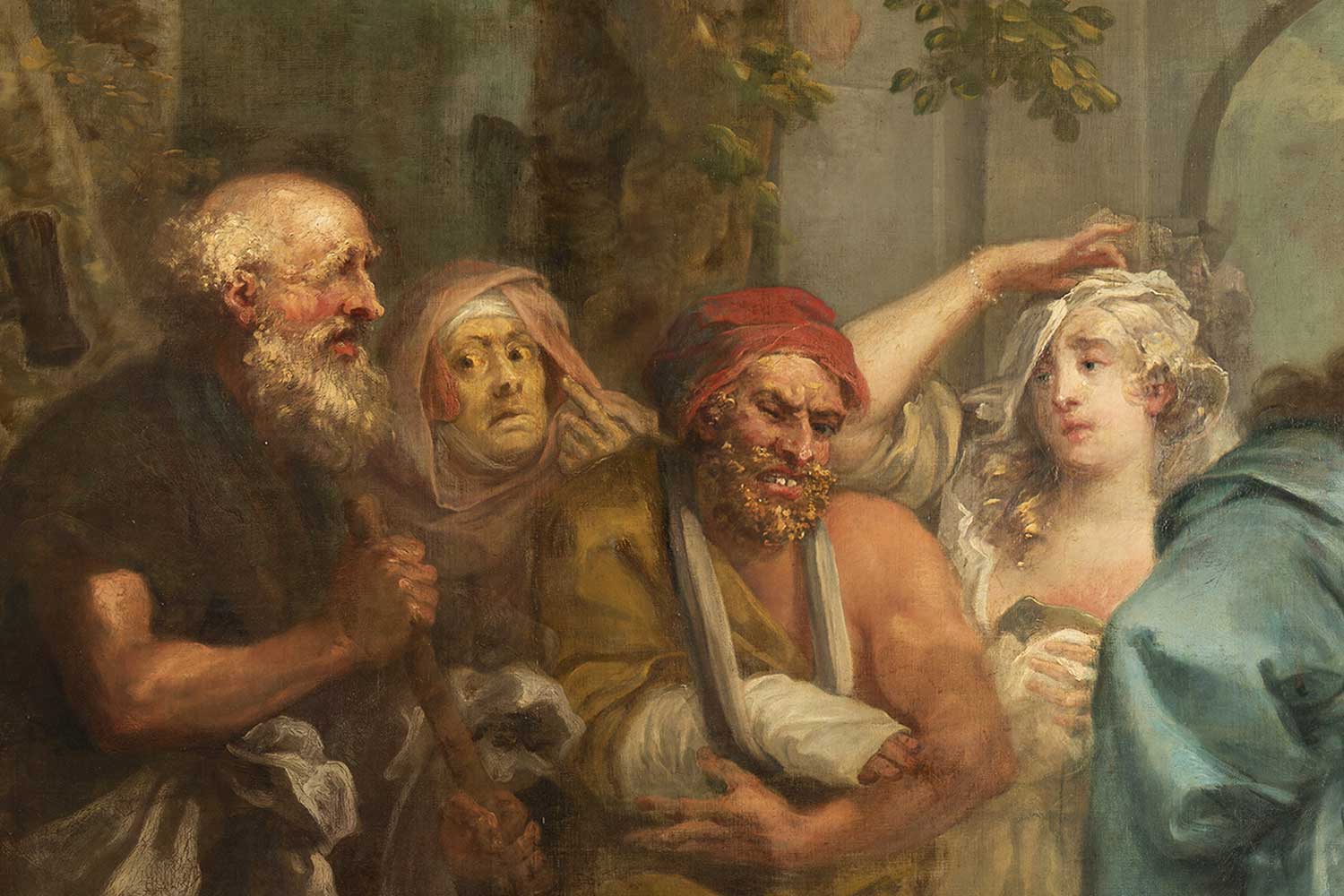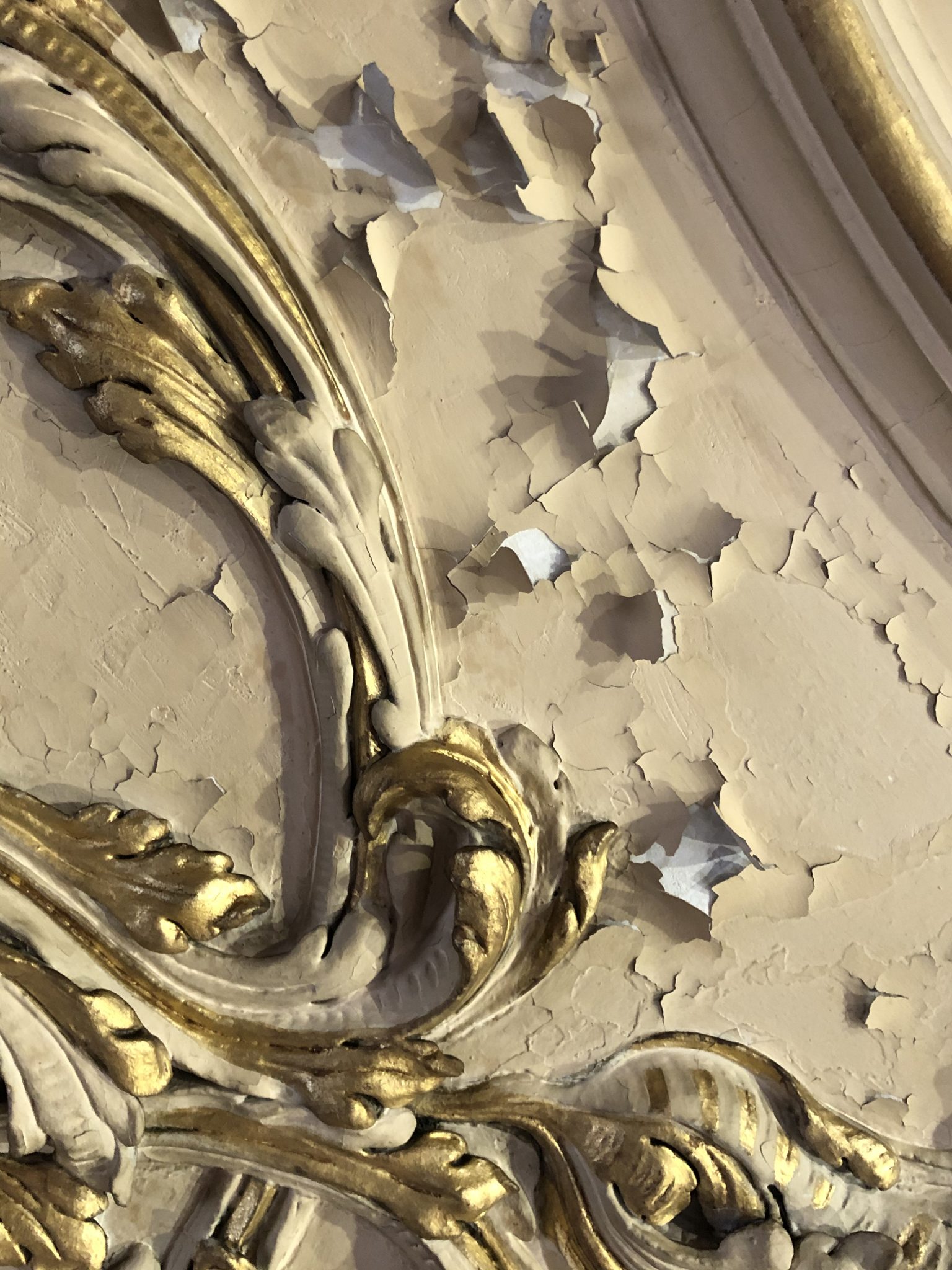Post
VIDEO | St Bartholomew’s: Behind the scenes at Britain’s oldest hospital
19 Jul 2023
An exclusive sneak peak behind the gates of St Bartholomew’s Hospital to see hidden gems of art and architecture.
By Fiona Keating, content curator
It’s always a risk asking for feedback. You never know what you’re going to get back. Mind you, the tour of St Bartholomew’s Hospital, popularly known as Barts, was an opportunity I couldn’t miss to find out what London Society members really want to see.
And it seems that what members want is to have tours that they can’t get anywhere else. Which is exactly what was provided on this event, delving into the 900-year history of this City of London teaching hospital, founded in 1123.
Join today and get priority booking here at The London Society
The restoration project will repair and conserve the Great Hall, and the rest of the North Wing, in time for the 900th anniversary of the hospital’s foundation, this year in 2023. This work will cost around £9m.
We are led on an exclusive behind-the-scenes tour by Will Palin, Barts Heritage CEO. Palin certainly knows his stuff, a former director of SAVE Britain’s Heritage, he was previously the director of Conservation at the Old Royal Naval College in Greenwich. He was in charge of the £8.5m project to conserve The Painted Hall, which is an absolute stunner, and well worth the visit.
As Palin informed us as we walked around the building: “The North Wing with the Great Hall and Hogarth Stair, and the Henry VIII Gate, are among the most important, yet largely unrecognised, buildings in the City of London.”
There is a fascinating link between The Painted Hall and Barts, which comes in the shape of a very famous painter: William Hogarth. He was known for a series of paintings, the 'modern moral subjects', such as A Harlot’s Progress, and of course Gin Lane.
Palin informs us on the tour that Hogarth’s father-in-law was Sir James Thornhill, responsible for some large-scale schemes of murals, including the Painted Hall at the Royal Hospital, Greenwich.
On the tour, we were led up to The Great Hall, by way of a beautiful staircase, the Hogarth Stair, decorated by the eponymous artist. Hogarth abandoned his usual practice of creating murals, as these are in fact canvases. I could clearly see the influence of Thornhill, his father-in-law in the style of these paintings. It’s very satisfying to see the Painted Hall in Greenwich, and then compare with the Hogarth Stair. Palin tells us the stories behind Hogarth’s paintings which depict The Pool of Bethesda and The Good Samaritan, and the possible reasons why he chose these subjects.
The Great Hall is a revelation. A beautiful space with a technicolour stained glass window of King Henry VIII, in an uncharacteristically benign pose.
Palin tells us that the Great Hall has had little loving care in recent decades, suffering from water damage, cracked plasterwork and peeling paint. The restoration programme includes specialist repair and redecoration.
There’s something exciting about accessing spaces normally off-limits to the public and being shown around a place in London that you’ve passed by thousands of times before, but without really knowing what lies beyond its stone façade. It makes you think about all the lives saved by this London teaching hospital and its history as well as the fight to save it.
In 1993 the controversial Tomlinson Review of London hospitals was published and concluded that there were too many hospitals in central London. Taking up the battle to save Barts were patients and the public who presented a petition to Downing Street signed by more than 500,000 people.
It has risen from the ashes many times over the centuries, surviving the ravages of earth, wind and fire in the shape of the Great Fire of London and the Blitz, and let’s hope for many centuries to come.
